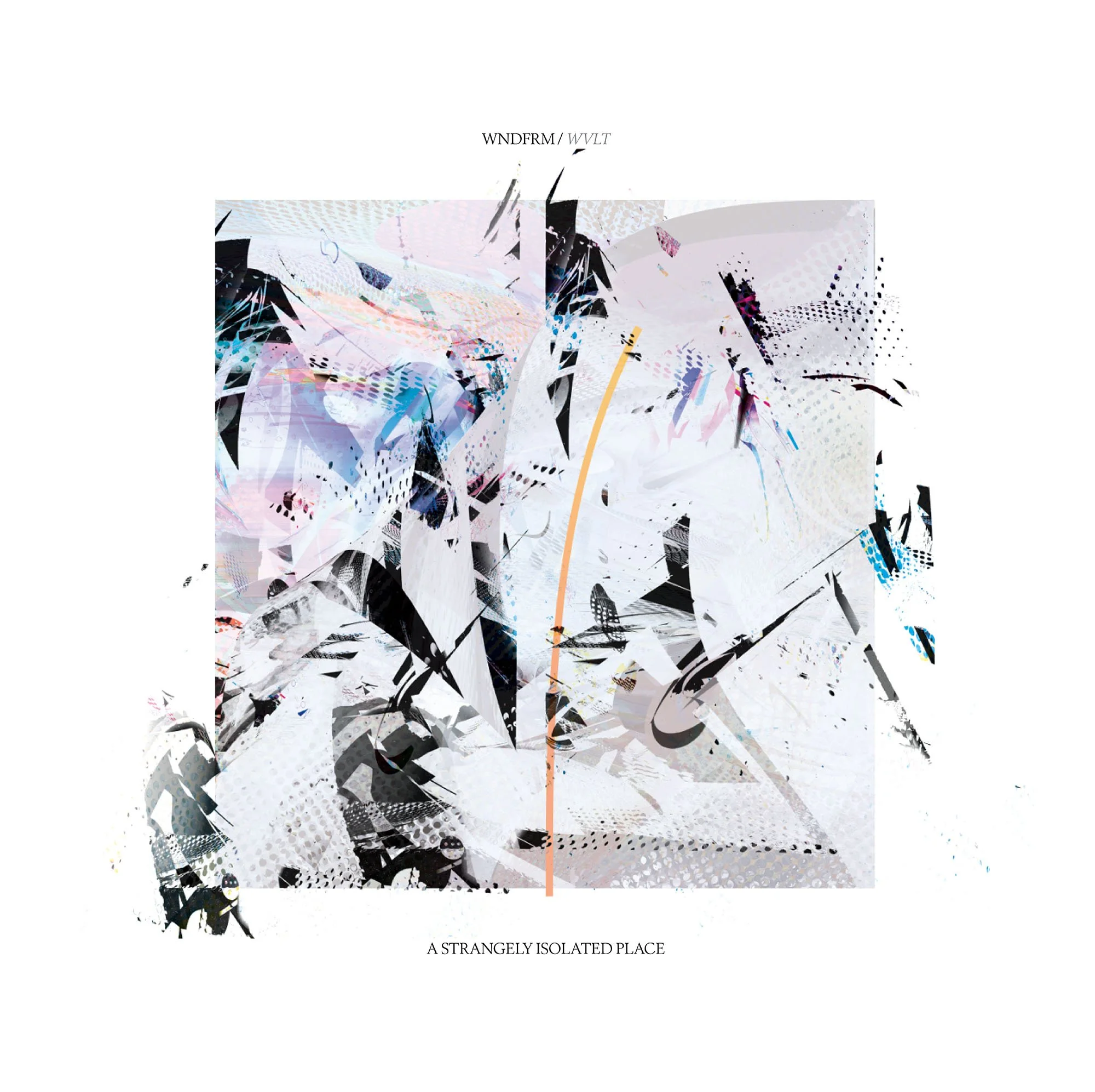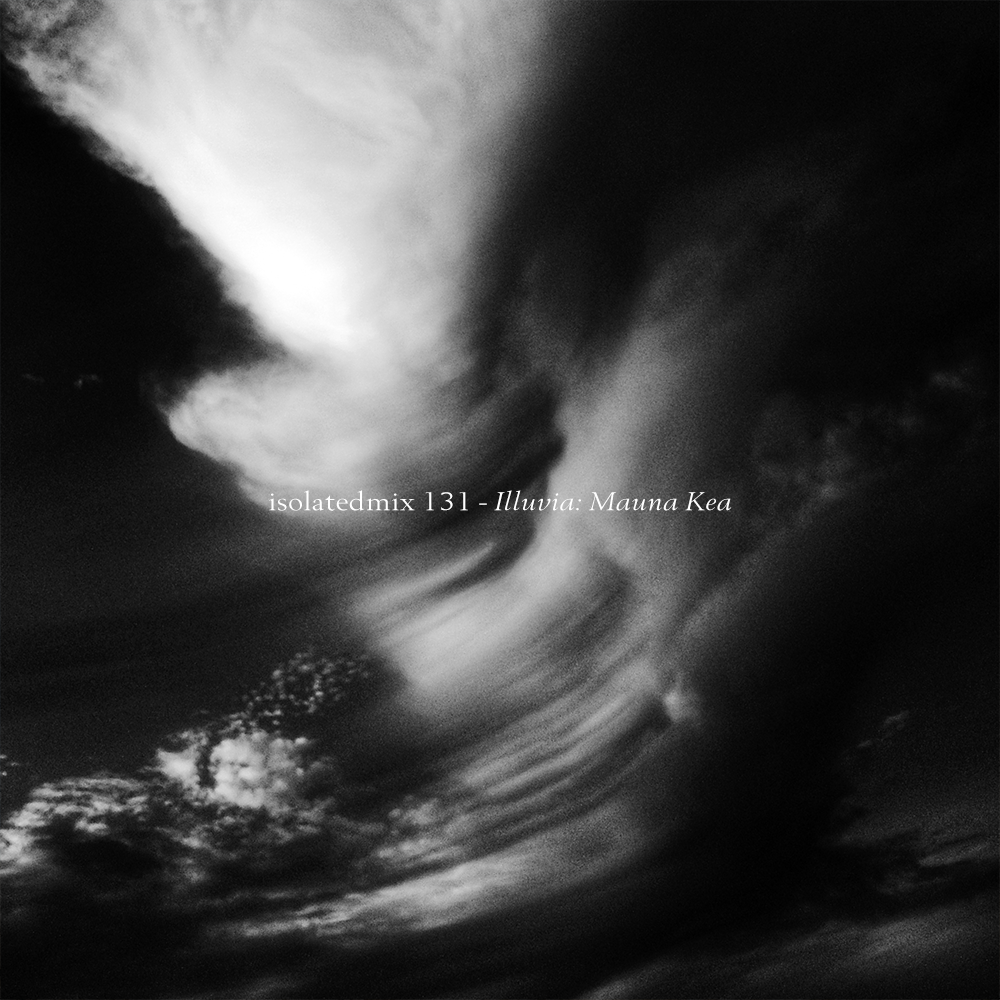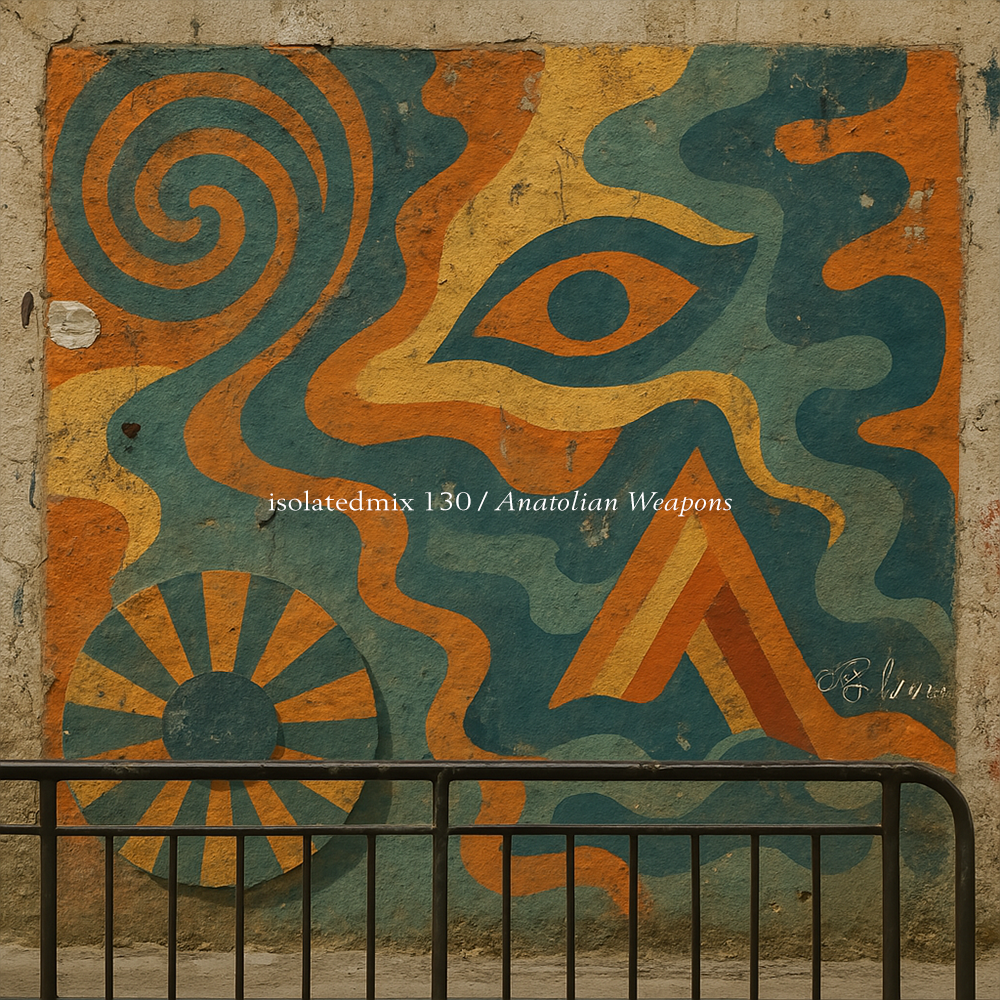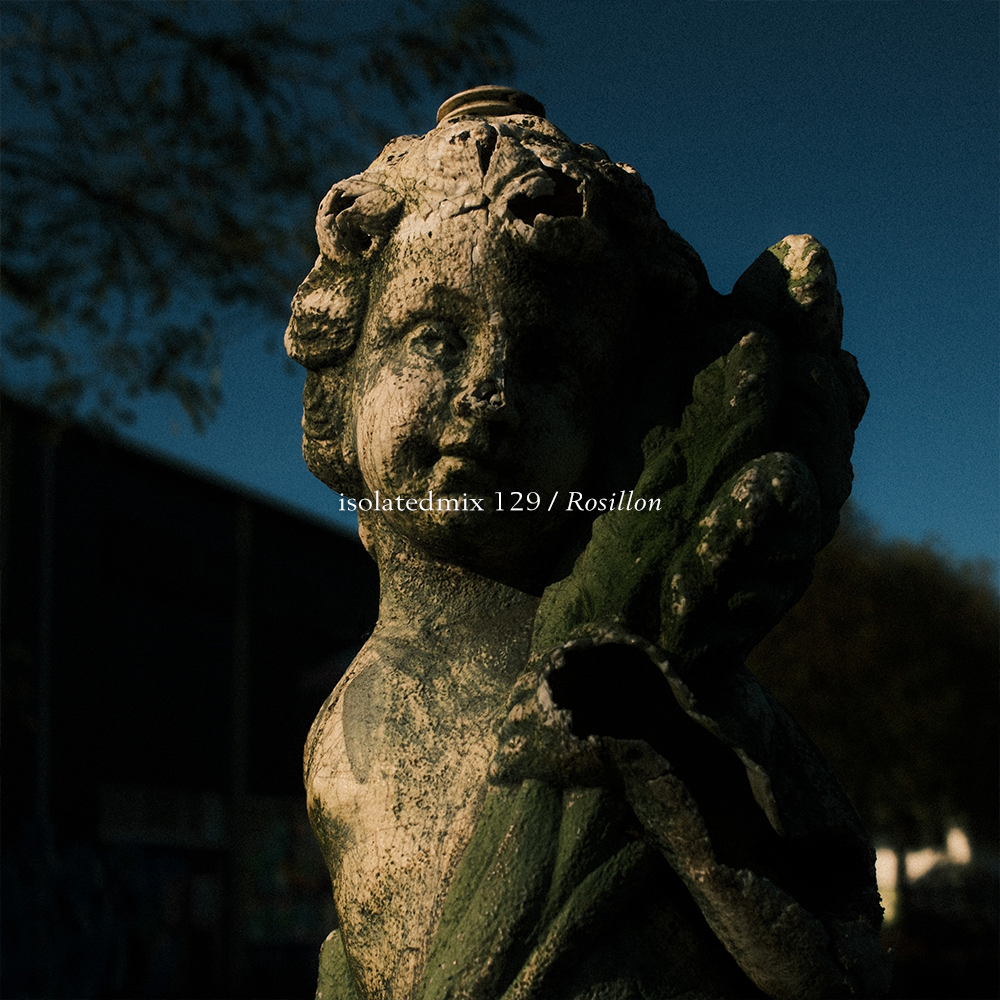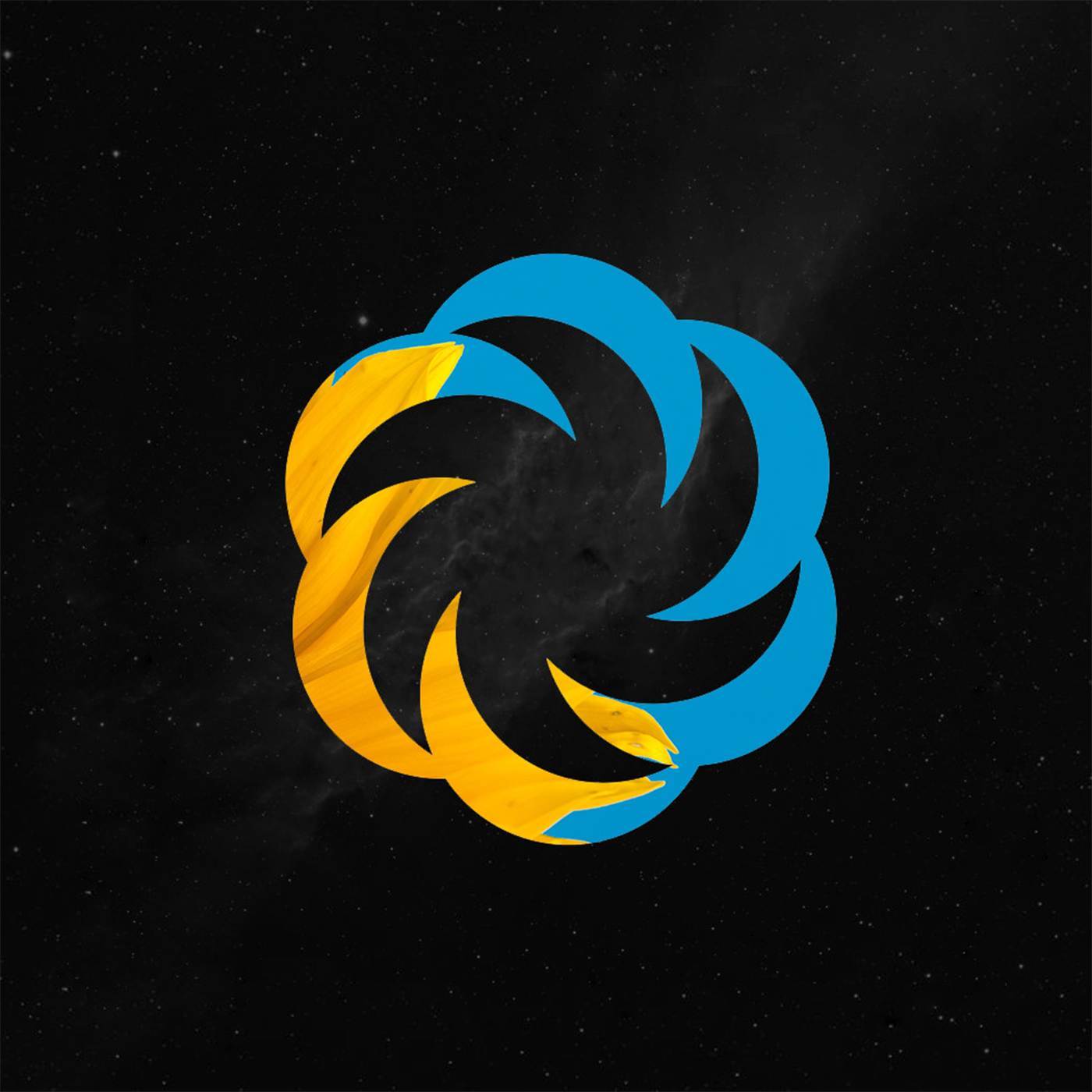There aren’t many ambient labels that have been going for 20+ years, but you can count Ian Boddy’s DiN as one of the greats. An amazing musician and synthesist himself, Ian has curated one of the finest ambient synthesizer-focused labels around, with many of the genre’s greats gracing the catalog over the years. Scanner, Tetsu Inoue, Robert Rich, Nigel Mullaney, Bluetech, and Markus Reuter featuring with stunning full-lengths, and within the label’s Tone Science compilation series, the curations spreads its arms ever wider - proven with the latest edition Tone Science Module 5, featuring works by Hélène Vogelsinger, Johnny Woods and Lisa Bella Donna.
Ian also makes brilliant label-focused mixes that highlight some of the work on the label, in both mixed and individual track format, so when I proposed an isolatedmix, we went straight into discussing his own personal inspirations as a mix concept. In true OG style, Ian has dug into a selection of early ambient music, that is often presented in extended (long-form) style (as it was much more back in the day) which means these types of tracks rarely see themselves as a part of DJ mixes nowadays. Ian has taken these excerpts and seamlessly blended them into one educational look back into some of the greats of the early ambient style.
A big thanks toWendy Carroll for the isolatedmix art/image.
~
ASIP - You're likely considered a veteran of the scene now, but for those new to you, can you give us a brief introduction?
IB - Well I first got into Electronic Music in the mid-1970s through bands such as Tangerine Dream, Klaus Schulze, Vangelis & Jean Michel Jarre. In 1978 whilst at University studying Biochemistry I was introduced to an open-access sound studio at a place called Spectro where I was confronted by weird & wonderful instruments such as the VCS3 & a host of Revox reel to reel tape recorders. It didn’t take long to get hooked and in 1980 I released my first cassette album & started to play improvised concerts. In 1983 my first vinyl album The Climb was released followed by a performance at the very first UK Electronica festival.
I continued to release albums & perform concerts & hone my craft and then in the 1990s, I got into producing library music as well as sound design work. In 1999 I launched the DiN label & in 2002 after 12 years working for Akai I went full-time professional earning a living from my music. The intervening years have seen me split my time between pursuing my own releases / running the DiN label, composing library music & creating sound libraries/sound design.
Your mix contains a lot of early ambient musicians. Whether it’s Kraut-rock, Berlin-School, or Brian Eno, what's your point of view on the absolute beginnings of the ambient genre and what was your own experience?
It’s a very different experience hearing new music for the first time in your formative years - which is usually in your teens - then coming to a genre of music later in life or when said genre has already been out for quite a while. So the first two Electronic Music tracks I can distinctly remember hearing were The Mysterious Semblance at the Strand of Nightmares by Tangerine Dream from the album Phaedra & Wahnfried 1883 by Klaus Schulze from the album Timewind. I was probably about 15 or 16 and they simply blew me away. I hadn’t heard anything like this before because, well, there simply wasn’t anything else like this before. Each of these artists only had a handful of albums out so it didn’t take long to discover their back catalogues. There were no reference points. This was an incredibly inspiring time for me to hear this music and I think the many years that they have been out now & the tsunami of other music like this will diminish the effect for someone getting into this music now.
The term Ambient music is much overused and I was also around at the time when Music For Airports came out & again this was incredible to hear at that time. What both these styles have in common - the Berlin School guys and the ambient side that Eno championed was the ability to get lost in the music. To quote Julian Cope when talking about the very early Tangerine Dream album Zeit - “the music becomes the room”.
What made you start DiN in 1999?
In the 1980s my cassette & vinyl releases were on a series of small boutique labels and then in the 1990s, I started to release my own work such as The Uncertainty Principle & The Deep on CD on a label I called Something Else Records. However, it was very piecemeal and had to be fitted in & around my family life & work at Akai. There was no real plan or strategy. I’ll openly admit I really got into the Fax label and liked how the sorely missed Peter Namlook had a rotating pool of artists with lots of interesting cross-genre fertilisation of ideas.
So in 1998, I started to formulate my own ideas for a label. I wanted to combine my own Berlin School synth heritage with other styles of electronic music. I’ve never been one to do the same thing over & over again. I also wanted to more actively pursue musical collaborations with a range of artists. I also wanted the label to have an identifiable visual aesthetic and to be released as collectible limited editions. Thus DiN launched in 1999 & to date (May 2001) has 66 physical releases on the main DiN label, 5 volumes of the Tone Science series & 26 digital-only albums - with plenty more to follow.
The label has a rotation of very consistent artists, but what do you look for in any new artist demos that come your way?
Two things really - a certain, almost indefinable “quality” & a musicality which catches my ear. It’s just one of those things - you “just know” when something is good - trust your instincts. I mean I’m not running DiN as some huge multi-national corporation where profit is the only driver of your business. I have other forms of musical earnings from the more commercial worlds of library music & sound design so in a way I can afford to indulge myself with DiN. It’s a reflection of my musical personality.
What's been your proudest moment running the DiN label to date?
I wouldn’t say I have a proudest moment more than I’m very proud of DiN in its entirety. I can’t quite believe it’s been going for over 20 years now and that there have been almost 100 releases in total. I’d like to think that for someone new discovering DiN it would be like “Wow” what is this label and then the joy of working through the catalogue. Sure not every release is going to appeal to everyone but I can remember having that experience with Fax & it was quite a ride.
Your partner’s (Wendy’s) art features heavily on the label and on this mix - are there any creative differences when it comes to choosing art or working together?
Yes, Wendy & I have been together for almost 8 years now. She’s a very talented photographer & artist who is just now later in her life finding the time to spread her creative wings. I’ve always had a certain aesthetic for the DiN artwork which avoided the obvious cliches of space & sci-fi imagery. I like the ambiguity of Wendys work - they’re often familiar things such as rock, tree bark or rust but presented in such a way that they go beneath the surface and show the whole amazing world of detail & texture that many folk often don’t even notice.
Your career has undoubtedly seen many chapters of synthesizer music over the years. What's your point of view on the future for this style? Do you feel like this type of music will become even more accessible with the advent of software and cheaper versions of classic synths?
Well, certainly when I first started out in 1978 it was very expensive to buy these instruments. I think my first synth was a Jen string machine in 1980 and then shortly after a single case of Roland System 100-M modular which I still have. This was pre-MIDI & computer software but it doesn’t really matter. The technological side of electronic music has always been a driving force for how it sounded but musically a composer will always find a way of expressing themselves whatever the tools they have available. Now of course it’s so much easier in so many ways to record & release music in all genres let alone electronic music.
However what hasn’t changed is that you as the composer has to have a musical idea, there has to be some form of a creative spark of what you are trying to achieve musically. The whole renaissance in the use of modular synths is very refreshing. I mean during the 1990s folk were throwing these things away but I never gave up on my use of modular. But the last few years have seen an explosion in the use of these systems. I think this is great as it’s brought a new generation of musicians in who are finding new & evolving ways of expressing their own musical personalities which I for one find fascinating.
Can you tell us about the mix you have prepared for us and the inspiration behind it?
I wanted to showcase my musical heritage - there’s no reason why I should hide away from it, so much of the music is what inspired me when I was a teenager & into my twenties. So there are tracks from Tangerine Dream, Klaus Schulze (part of Wahnfried 1883 which I mentioned above), Vangelis, Ashra & Popul Vuh. Also connecting to other artists I’ve talked about & which are important to me is part of Discreet Music by Brian Eno which uses tape looping that I used to experiment with whilst at Spectro as well as a piece by Peter Namlook.
I’m also very much into classical music too which for me often has crossover with some styles of Electronic Music especially those pieces that have an impressionistic feel. I couldn’t resist using a piece by Ligeti - probably made famous by its use in the film 2001 crossing over into Rubycon by Tangerine Dream.
The set closes with one of my favourite composers Arvo Pärt with this incredible piece that comes out of a track by Biosphere - such lovely juxtapositions. I’ve done a lot of these mixes on DiN with the six iNDEX compilations as well as the two DiN mixes and Tone Science albums so I’m always looking to take the listener on a musical journey with highs & lows, points for reflection and emotional intensity.
~
Listen on Soundcloud, Mixcloud, or the ASIP Podcast.
Tracklist*:
01. Vangelis - Creation Du Monde
02. György Ligeti - Atmosphères
03. Tangerine Dream - Rubycon Part One
04. Ashra - Nightdust
05. Klaus Schulze - Wahnfried 1883
06. Brian Eno - Discreet Music
07. Popul Vuh - In Den Gärten Pharaos
08. Pete Namlook - Trip 1
09. Wendy Carlos - Fall
10. Biosphere - Kobresia
11. Arvo Pärt - Cantus In Memory Of Benjamin Britten
*Many of these tracks are extended / long tracks, so you could consider these as excerpts.
~
Ian Boddy | DiN | Web | Facebook | Twitter | Instagram | Youtube


